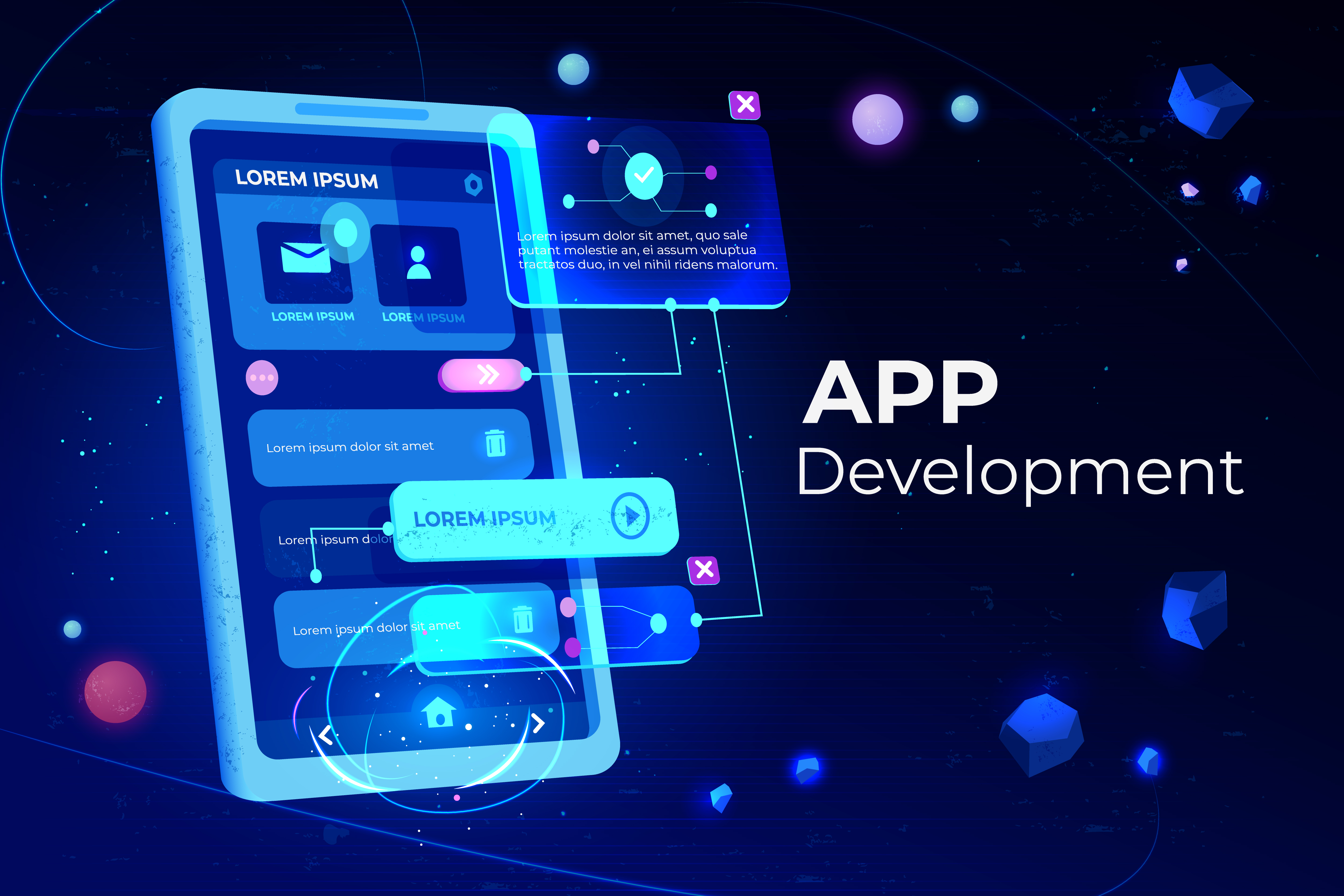React Native Application Development
React Native is a popular open-source framework developed by Meta (Facebook) that allows developers to build cross-platform mobile applications using JavaScript and React. With React Native, a single codebase can be used to create apps for both iOS and Android, reducing development time and cost. Key Features of React Native
- ✅ Cross-Platform Compatibility – Write once, run on both iOS & Android.
- ✅ Fast Performance – Uses native components for smooth UI/UX.
- ✅ Live & Hot Reloading – Speeds up development by instantly reflecting code changes.
- ✅ Large Community Support – Extensive libraries and community contributions.
- ✅ Third-Party Plugin Support – Easily integrates with native modules, APIs, and libraries.
- 📝 1. Project Planning & Setup Define app goals and target audience. Choose between Expo (easier setup) or React Native CLI (more control).
- 🎨 2. UI/UX Design Create wireframes and prototypes. Use Material Design or iOS Human Interface Guidelines for consistency.
- 💻 3. Development Process Setup React Native Environment Build Components & Screens (Home, Login, Product, Cart, etc.). Implement Navigation & State Management. Integrate Backend & APIs. Optimize for Performance & Security.
- 🛠 4. Testing & Debugging Use tools like Jest, React Native Testing Library, and Detox for testing. Debug with React DevTools and Flipper.
- 📲 5. Deployment & Maintenance Deploy on Google Play Store & Apple App Store (use EAS, Fastlane, or App Store Connect). Provide regular updates, bug fixes, and performance enhancements.
When to Use React Native?
- ✅ For startups & MVPs – Faster development and cost-efficient.
- ✅ If targeting both iOS & Android – Single codebase reduces effort.
- ✅ Apps requiring simple to medium complexity – Best for eCommerce, social media, and business apps.
- ✅ Apps needing fast iteration & frequent updates – Live reload makes updates easier.

